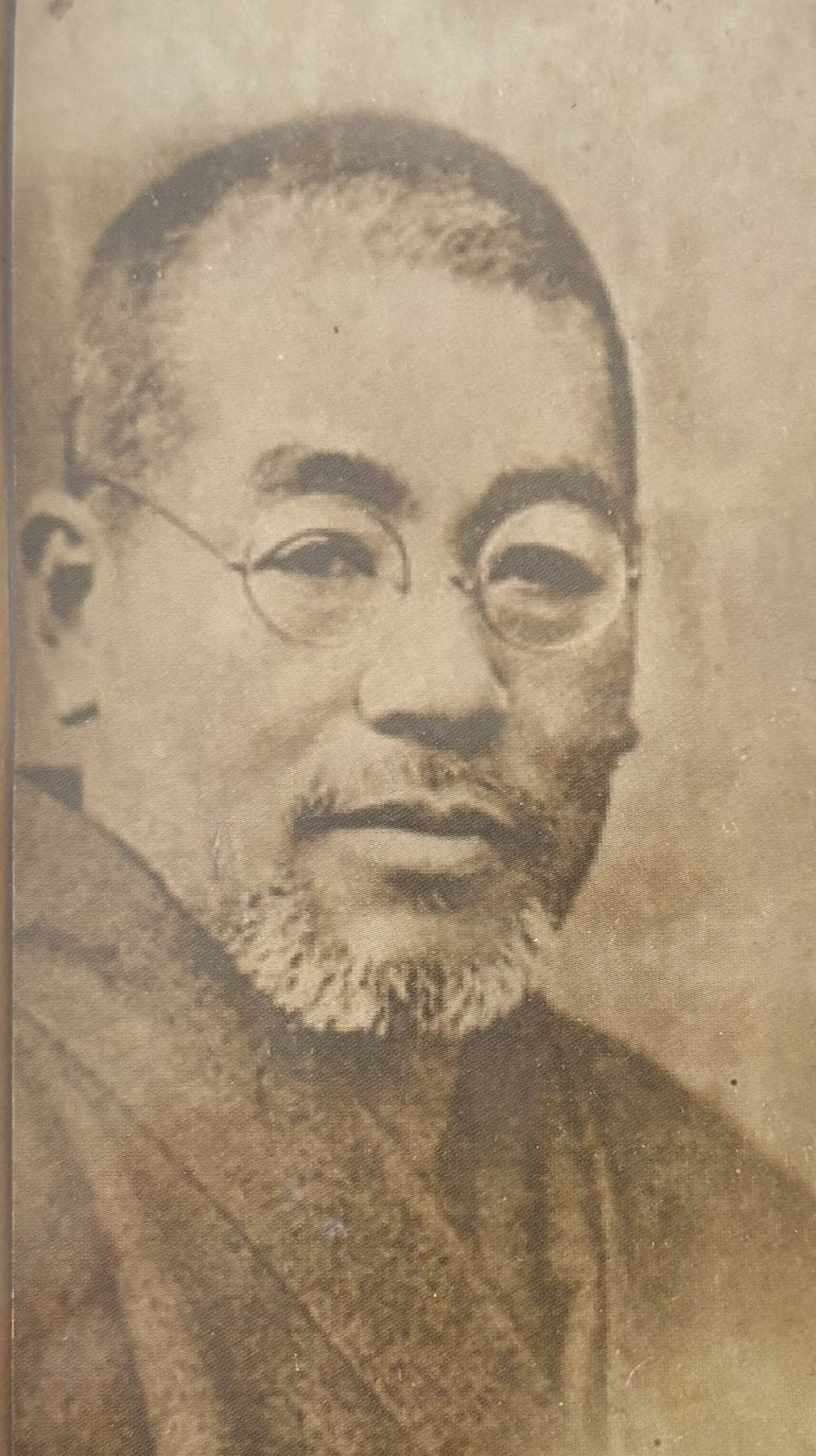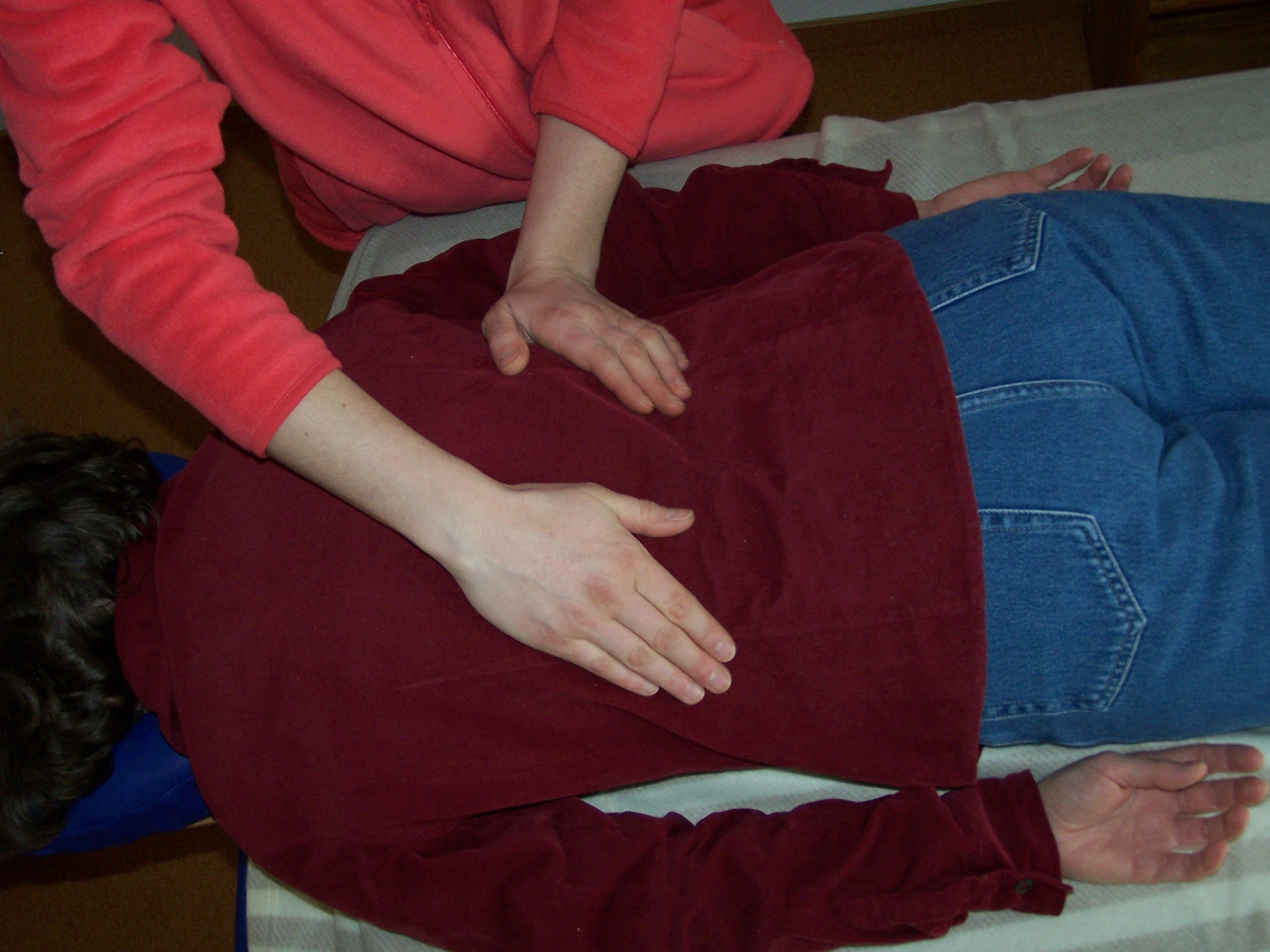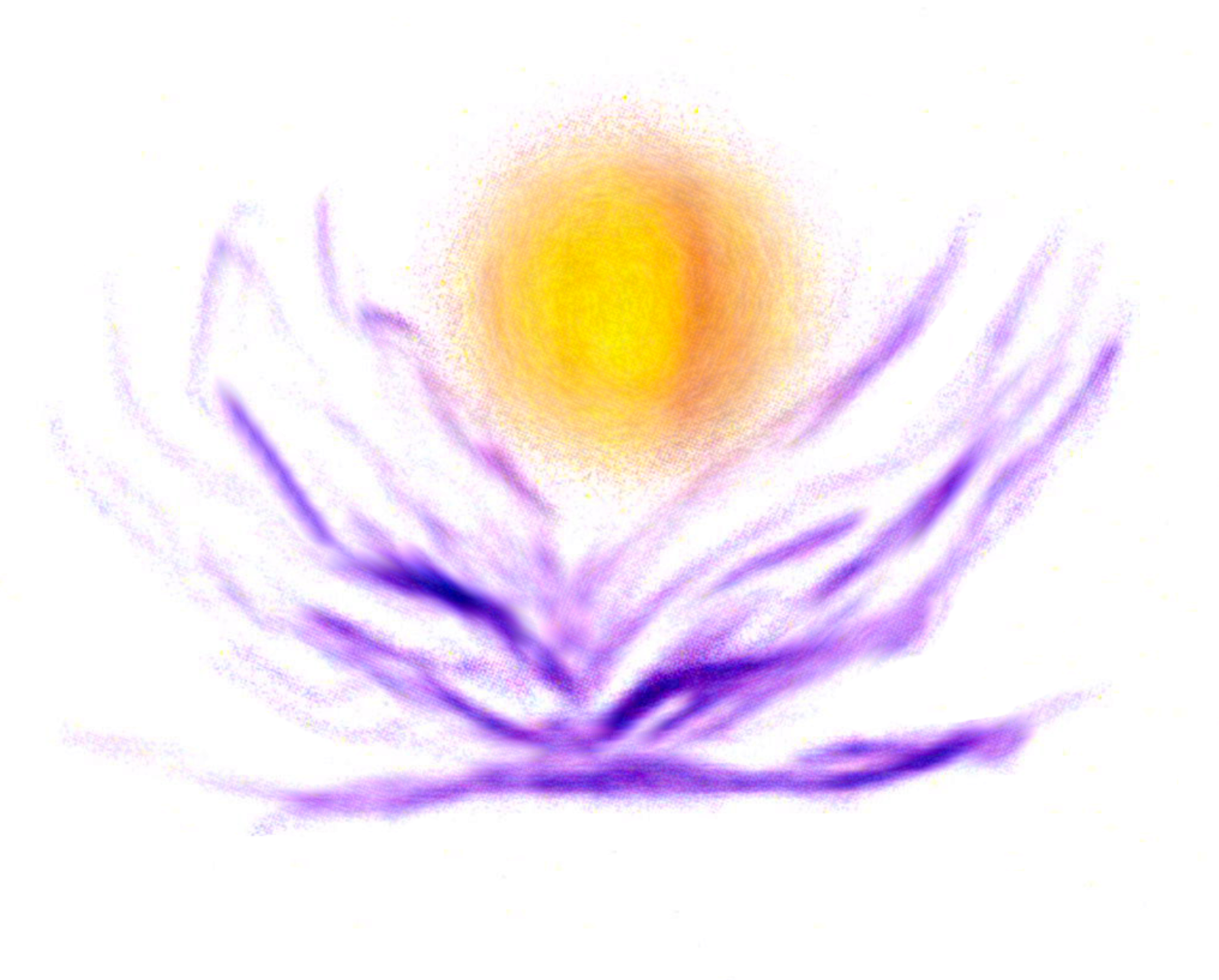
An Ancient Method of Experiencing Energy
Reiki
Reiki is a method of energy work whose origins are believed to date back several thousand years. Its roots can be found both in the ancient Indian Sanskrit tradition and in Christian-spiritual teachings. The Japanese teacher Mikao Usui (1865–1926) rediscovered and further developed Reiki at the beginning of the 20th century.
Reiki has been passed on through initiations in various lines of tradition and quickly spread successfully around the world. It is estimated that in Germany alone, over one million people actively practice Reiki today. Over time, different styles and approaches have emerged. Even within the DGAM (German Society for Alternative Medicine), there are differences, for example in the number and type of degrees, or in the sequence and execution of hand positions.
As part of a traditional Reiki lineage that traces directly through three Swiss masters to Usui, Hayashi, Takata, and Furumoto, I preserve the original teachings in the seventh generation.
However, I firmly believe that it is the personality of the practitioner that is ultimately decisive for a good and effective Reiki experience not merely the method or lineage..
Reiki sccording to the DGAM
(German Society for Alternative Medicine)
In the understanding of the DGAM, Reiki is a method of mindful touch and energy work that fosters a sense of being supported and inner connectedness. It serves as a medium to support relaxation, vitality, and personal development, and is seen as part of a holistic health practice that addresses the human being as a whole, in a physical, mental and spiritual sense.



Different understandings of Reiki Practice
The Reiki energy remains the same in all forms of application. However, just as light can be used in different ways, Reiki is also practiced in various forms:
1. Relaxation Reiki
This widely practiced form is primarily aimed at deep relaxation and well-being. As a recipient, you lie fully clothed on a treatment table and are invited to simply let go—both physically and mentally. The practitioner allows the Reiki energy to flow through your body and accompanies you on an energetic journey. You may fall asleep, dream, or consciously feel the dynamics of the energy within your body.
This form of Reiki experience is pure relaxation, a kind of inner training for your personal ability to feel and allow happiness.
2. Reiki for Self-Discovery
This approach addresses individually chosen topics and uses Reiki as a path to self-exploration and personal development. Through the application of Reiki, senses and abilities are activated to live more consciously, with greater depth, love, and inner strength.
The Reiki experience thus becomes part of your personal growth process. This form of practice is accompanied by in-depth conversations and complemented by other methods of self-exploration.
3. Supporting Self-Healing Powers with Reiki
Within the context of spiritual work, Reiki can be used specifically to support the body’s energetic self-healing abilities. No diagnosis is made, nor are symptoms assessed, as Reiki in this application is a complementary offering to medicine, but not a substitute for it.
In naturopathy and psychotherapy, the healing power of Reiki energy can unfold and provide support as part of a holistic therapeutic concept.

